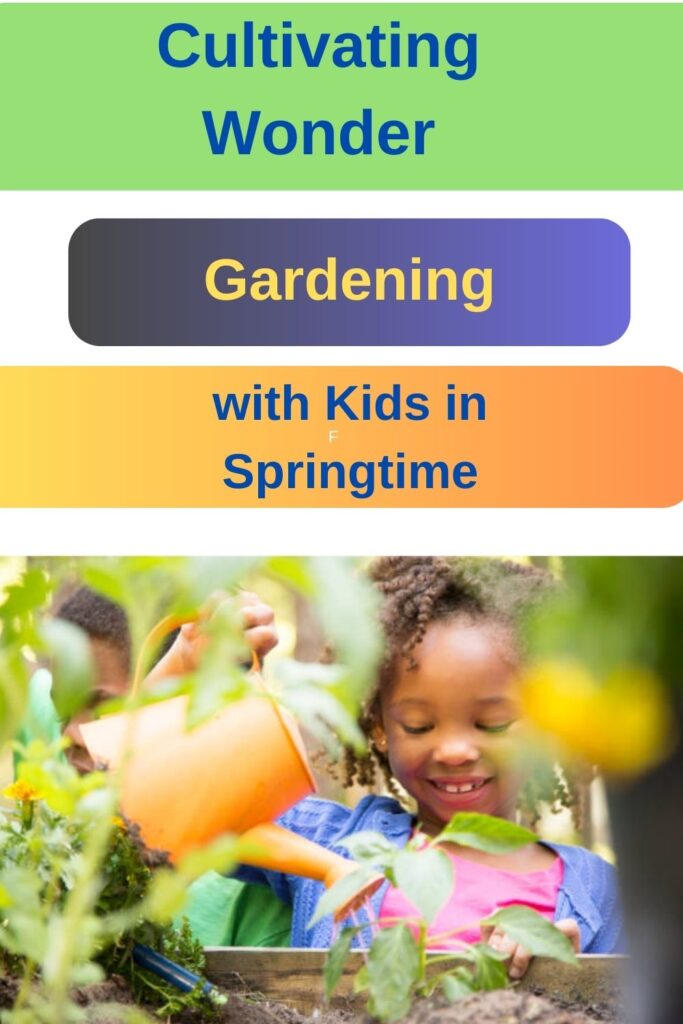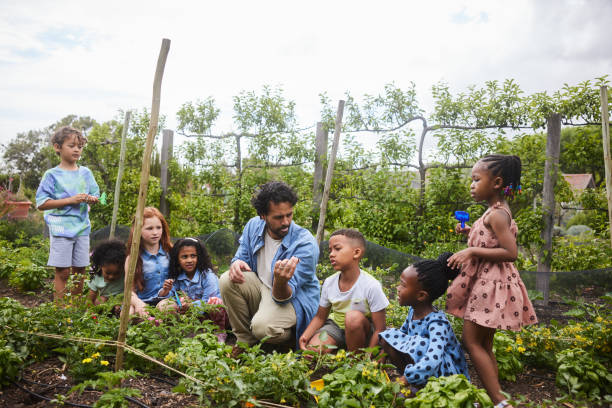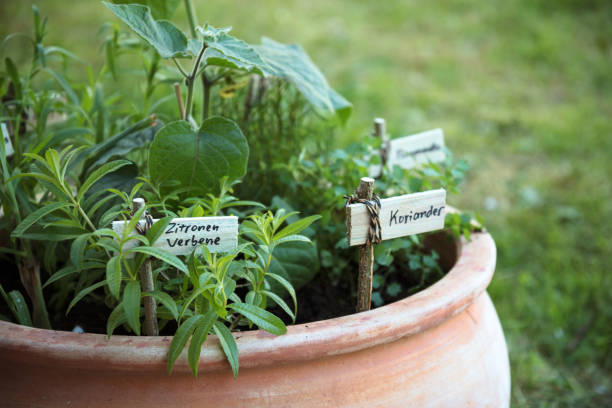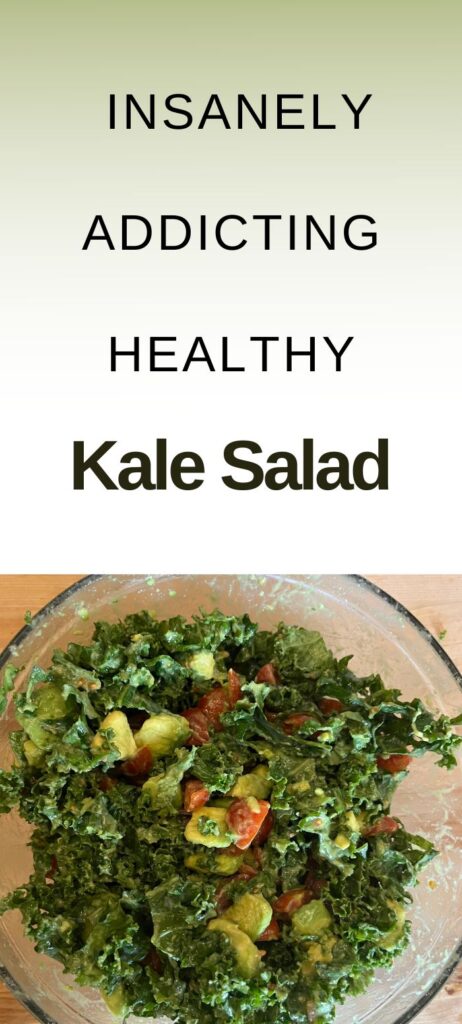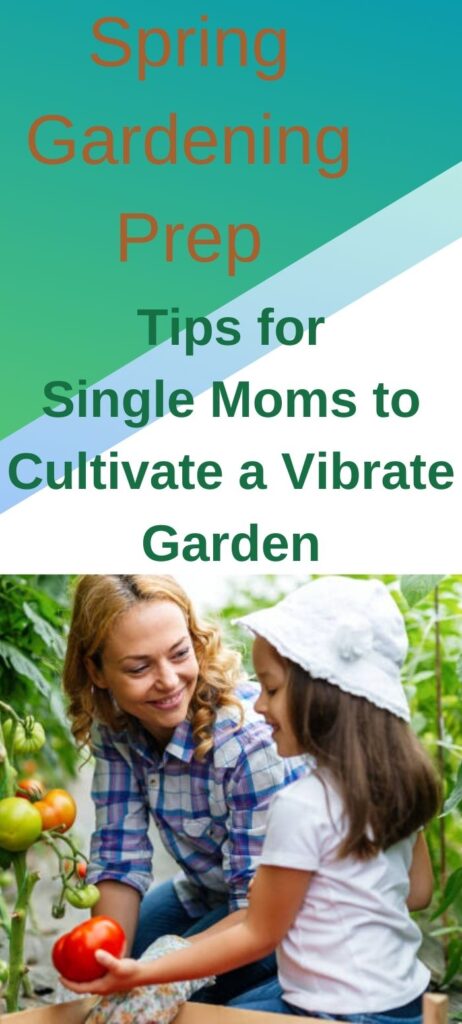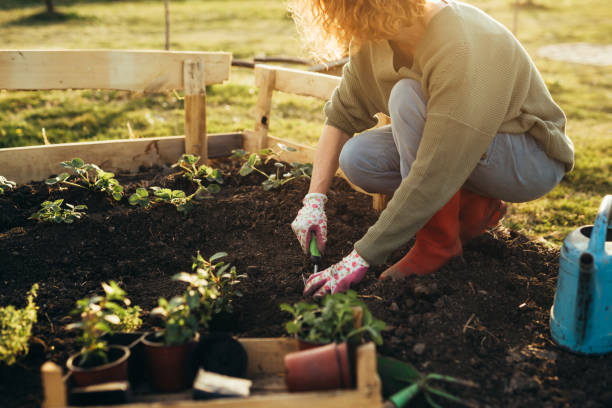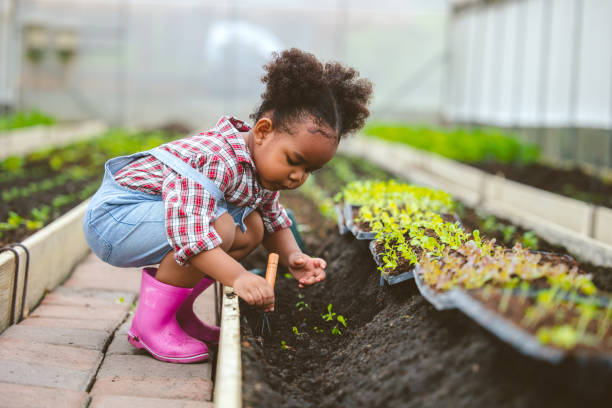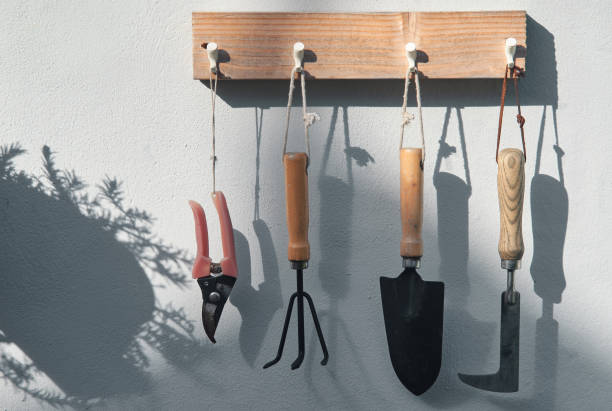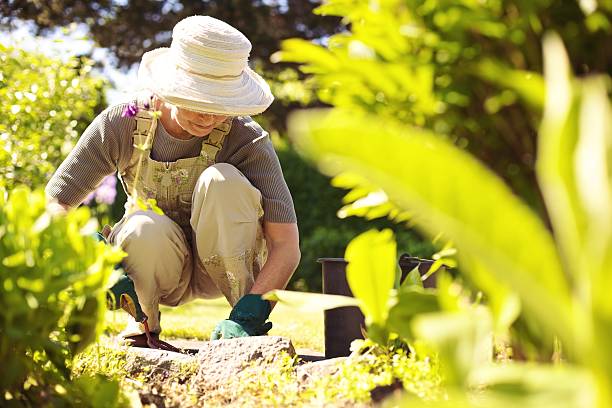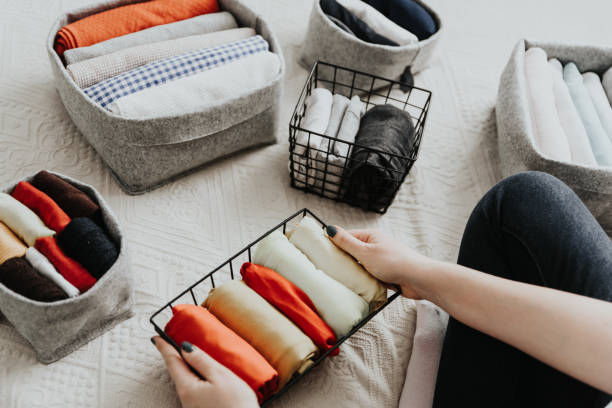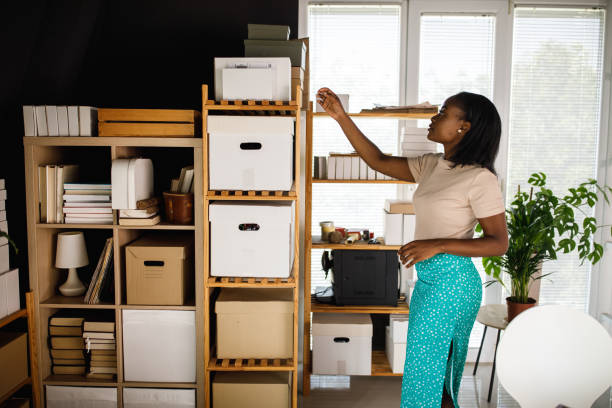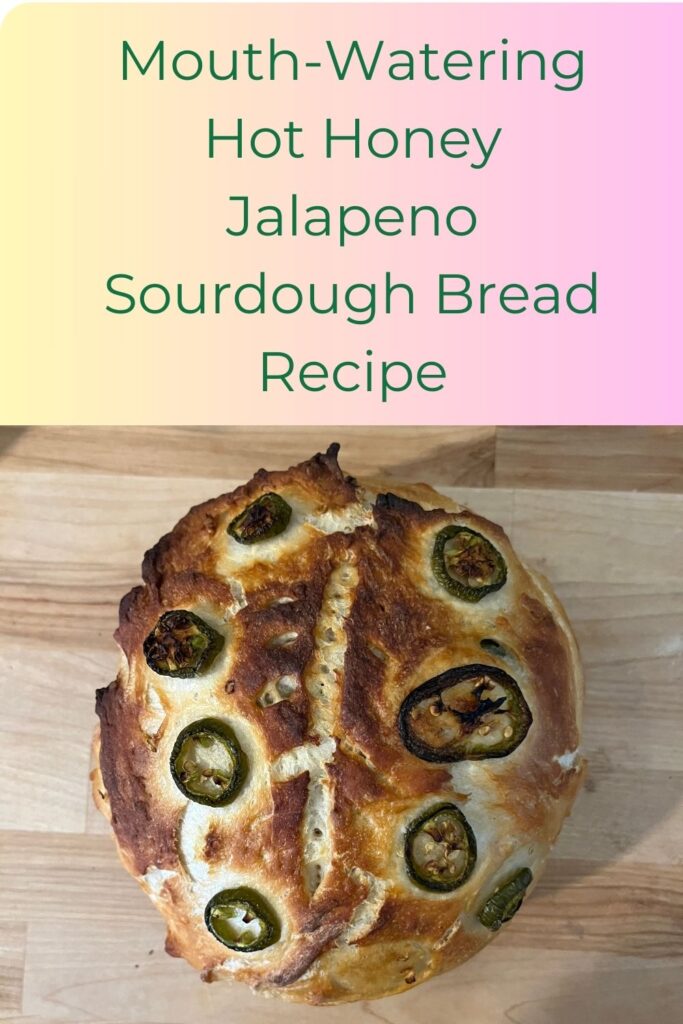
My sister and I are starting a local porch pick-up micro bakery out of our home. The reason we decided to try was because my hobby is baking and cooking yummy things for all my loved ones. Also, I have an up-and-coming surgery that will take me out of work for a while but I can still knead bread while recovering from hip surgery. As a single mom, creativity is oftentimes my friend so we will be creative with what we have and see how it goes. In the meantime, I have been experimenting with new recipes which I hope to share here soon. Here’s one that I know my family loves and even though I’m not a spicy fan I can say they all loved it. I recently got these cute silicone proofing baskets that I’m really loving they are easy to clean and are so easy to store. Check them out here!
Mouth-Watering Hot Honey Jalapeno Sourdough
Equipment
- 1 Mixing Bowl
- 1 Dutch Oven
- 1 Sheet of Parchment Paper
- 1 Mixing Spoon
Ingredients
- 1 Cup Activated Sourdough Starter
- 1 1/2 Cup Warm Water (100℉)
- 4 Cups Bread Flour
- 1 tsp Salt
- 1-2 Jalapenos
- 1/4 Cup Hot Honey
Instructions
- In a large mixing bowl, combine the sourdough starter and lukewarm water. Stir until the starter is dissolved in the water.
- Add the bread flour and salt to the bowl. Mix until a shaggy dough forms.
- Turn the dough out onto a lightly floured surface and knead for about 10 minutes, until the dough is smooth and elastic.
- Place the dough in a greased bowl, cover it with a damp towel or plastic wrap, and let it rise at room temperature for about 4-6 hours, or until doubled in size. You can also let it rise in the refrigerator overnight for more flavor development.
- Once the dough has doubled in size, gently deflate it and knead in the diced jalapenos and about 2 tbs of hot honey until they are evenly distributed throughout the dough.
- Shape into a round loaf and put into a bowl or a proofing basket. Cover qith a damp cloth or plastic wrap. Let it rise for another 2-4 hours.
- Pre-heat the oven at 375℉ (Place dutch oven in the oven while heating up) Allow to heat up for at least an hour.
- Cut slits into the dough or score dough. Brush the loaf with the remaining hot honey.
- Place dough on parchment paper. When dutch oven is heated place the parchment paper and dough in the the dutch oven and cover.
- Cook for 30 mins with lid on and take lid off for another 10 minutes.
- Cool off the bread on the rack. Cut and enjoy!
Notes
Free Download with Free Gift!





